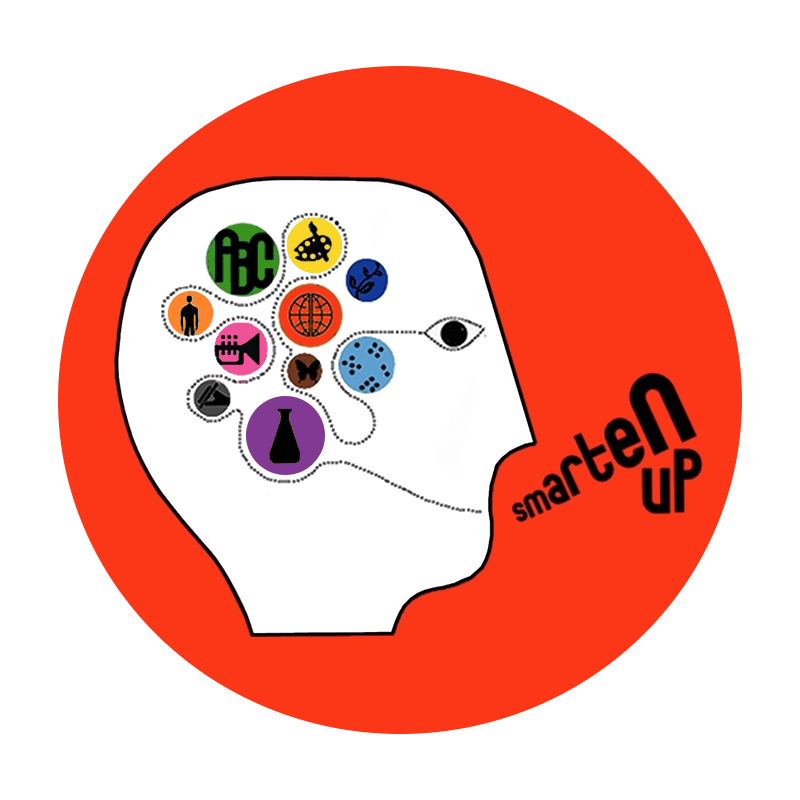Homework remains a hot-button issue. The science is inconclusive—predictably, some studies demonstrate a link between homework completion and higher test scores. However, other studies found no significant link between performance and homework completion, which suggests there’s more nuance to the story. At any rate, you probably didn’t need experts to tell you that homework is a contentious issue—one evening of persuading a recalcitrant student to do their work is all the convincing most of us need.
Quality Matters
The truth is that not all homework is created equal. Teachers may assign homework for a variety of reasons. Good reasons for homework include reinforcing a skill students practiced in class, preparing students for an upcoming lesson (i.e. “flipping the classroom”), and allowing students choice as they apply skills in innovative ways. Problematic reasons for homework include simple compliance measures and the sense that this is what is expected of teachers. Each homework assignment should have a clear rationale and reinforce skills that were already introduced in class.
The Most Important Type of Homework
Some schools, particularly elementary schools, have already made homework optional or eliminated it altogether. While well-intentioned, this decision may leave families in a bind: how can families create an academic environment at home without painstakingly creating the resources students might have traditionally received in the past? Luckily, it's easier than one might think. Regular reading at home is one of the most effective activities for reinforcing literacy skills.
Exposure to a wide variety of texts that students find inherently interesting will reinforce the reading skills they practice in school throughout their subjects. Ideally, students would read texts in their zone of proximal development (books that present a slight challenge and therefore grow their reading muscles), but any reading will do! Reading at home has the added benefit of involving the family in the academic conversation. Consider facilitating a brief conversation daily so that everyone in the family can share something exciting they read that day.
The Bottom Line
If homework remains a part of your school’s culture, look for signs that it is tied to the curriculum and provides your child an opportunity for successful engagement rather than a disheartening challenge. If you feel your child's homework may be purposeless, always speak to her teacher first. There may be purpose in it that you aren't aware of! And if your child is struggling unnecessarily, make sure his teacher knows that as well. They might be able to help by altering the assignment, or giving you the tools to help from home. In all cases, creating a reading culture at home will reinforce good academic habits and encourage a love for learning that can last a lifetime.



















